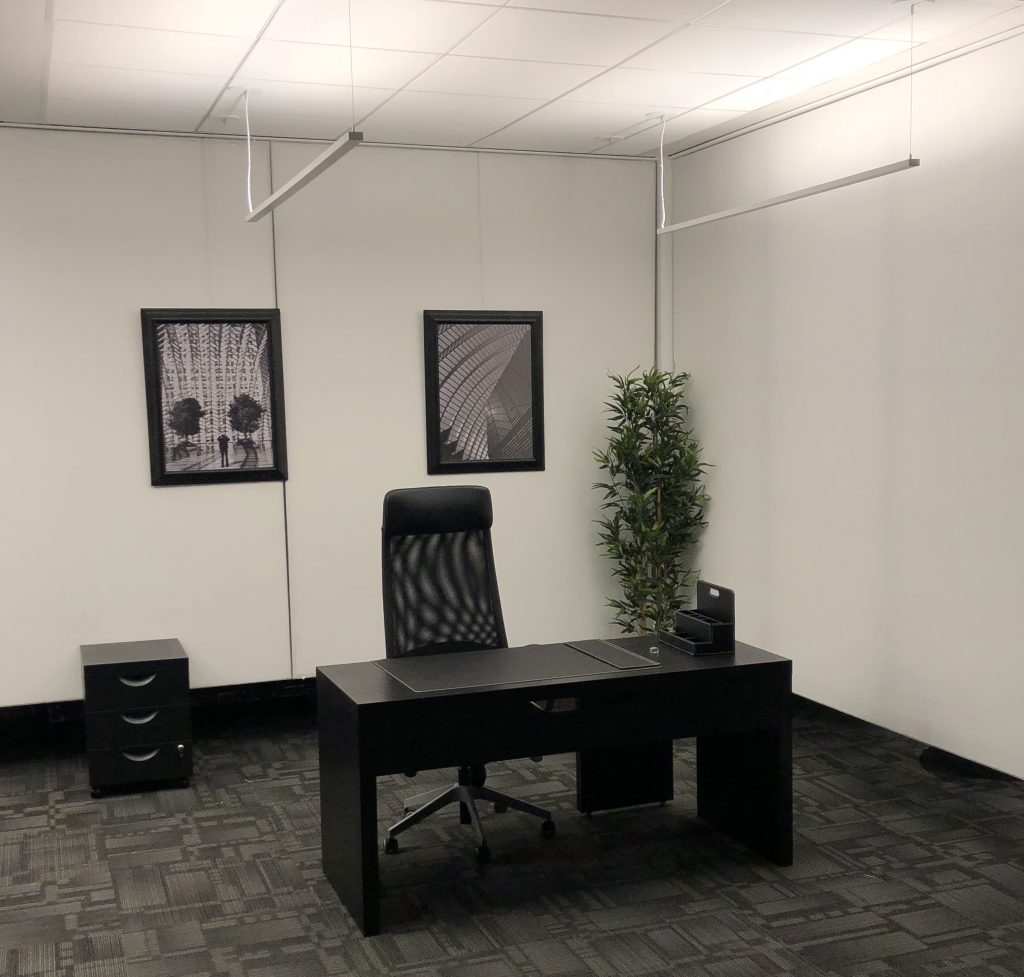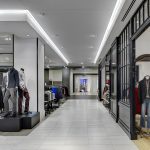Top 5 Design Snafus with Linear Lighting

When done right, linear lighting can make for spaces that are both efficiently lit and beautifully lit. However, not all linear lighting products are created equal and poor products make for poor lighting outcomes.
When lighting designers choose the linear lighting products they need for a project, they need the best one possible. With that in mind, here are the top five linear lighting pitfalls to avoid:
- Outdated fluorescent lighting
The first issue that can crop up with linear lighting is whether it is LED or fluorescent. Fluorescent lights were appealing because they are cheap and deliver light in a non-directional manner, flooding the room with light. The initial expense of buying fluorescent lights is far from the true cost though. Fluorescent lights are outdated lighting technology that utilize dangerous mercury and they use three times the power—or more—than LEDs, adding up to significant energy costs over time. Additionally, fluorescent lights have a shorter lifespan (especially if they are frequently switched on and off) than LEDs, which can last for 50,000 hours or more, creating substantially more energy efficiency for much longer. Frequently replacing fluorescent bulbs and ballasts can get expensive and frustrating—especially with high-ceiling applications where lifts are necessary.
Besides the costs, the light quality for fluorescent lighting is poor—color quality shifts after just 100 hours. No one really likes working under fluorescent lighting as the color is awful. LEDs give better quality and more comfortable light for human eyes than fluorescents and LEDs can do it much more consistently.
- Ugly fixtures
Linear lighting fixtures—especially non-LED fixtures—can be very bulky and unattractive due to socket shadows and discoloration between lamps based on age and manufacture. Less is more, and the best linear lighting luminaires are free from glare. LED fixtures can be very thin to blend into architectural design or enhance it with excellent glare control. A razor-thin luminaire profile makes for a modern, professional-looking aesthetic and puts the spotlight on the things it’s lighting underneath, rather than drawing attention to itself. One way to accomplish a minimal form factor is to separate the driver from the fixture and install it remotely. Without the driver, the fixture can be very small, delivering a very clean aesthetic.
- Fixtures are not compatible with each other
With the emergence of new open ceiling designs, lighting may be required in recessed linear profiles in lower ceilings and pendent lighting in open spaces. Matching profiles and lighting performance is critical, which is why it’s best to choose linear lighting solutions that have the same aperture sizes and are compatible with other product families.
- Only available in standard lengths
Sometimes manufacturers only sell their products in standard preset sizes and configurations. This is efficient for the manufacturer, but sometimes a custom product is needed to make a space stand out from the general lighting designs found in so many buildings. LEDs are not limited to the length of a lamp size—they can run up to the eighth of an inch, allowing your lighting to run from wall to wall or up a wall to the ceiling. For maximum flexibility, work with a lighting manufacturer who can work with you to design and fabricate lights exactly how you need them for your project, rather than fitting your project around what’s convenient for them to mass produce.
- Only pairs with certain controls
Some lights are only compatible with certain controls, but the end-users may specify a particular control system they want, or they may need the controls to accomplish certain things, such as enabling their lights to be smart connected (Internet of Things) or collect data or change color tones. Choose linear lighting that is controls agnostic and can pair with any set of controls on the market for maximum flexibility.

